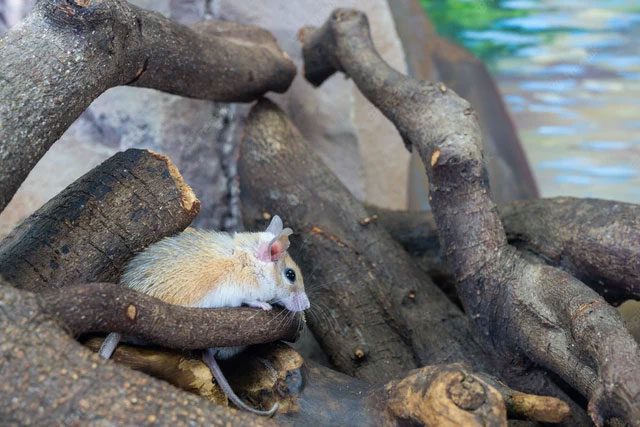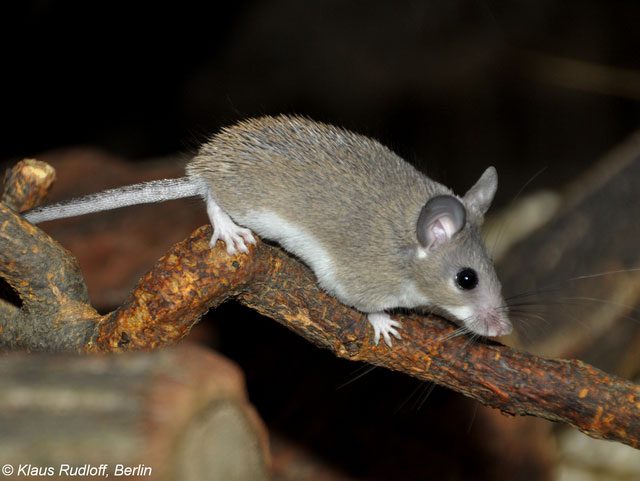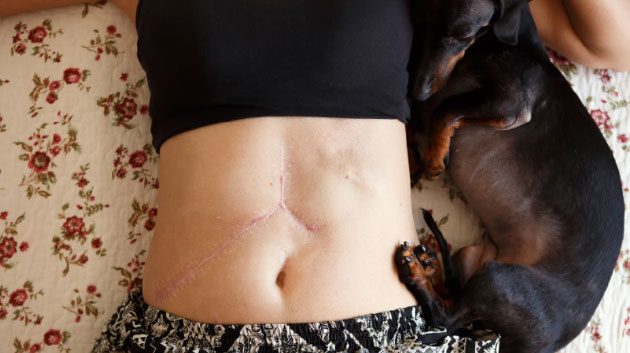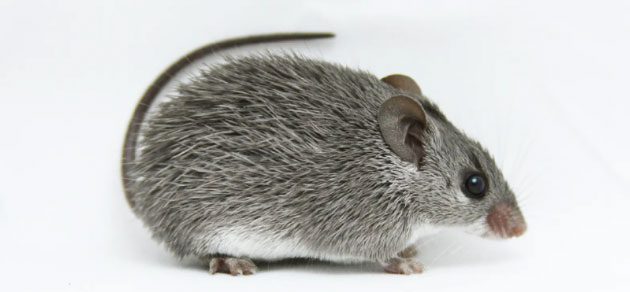Monica Sousa is an experienced scientist, but she can hardly believe what is happening before her eyes. In the small plastic cage in front of her are several African spiny mice that just a few weeks ago were paralyzed, only able to drag their hind legs to move. But somehow, these mice can now run around and even jump as if they had never shown any signs of illness. In fact, after the injuries, Sousa did not use any treatment methods other than pain relief.

African Spiny Mouse.
This leaves Monica Sousa utterly amazed, as she had never observed or studied this phenomenon in mammals before. Mammals, from small rodents to humans, typically do not have the ability to recover from severe spinal cord injuries or other central nervous system damage. Yet, the African spiny mouse seems to be an exception.
In recent years, scientists have discovered that the African spiny mouse has an extraordinary regenerative ability, capable of repairing serious damage to its skin, heart, kidneys, and spinal cord. This rodent, closely related to laboratory mice, is commonly found in the arid habitats of African countries such as Kenya, Somalia, and Tanzania.

African spiny mice are among many species capable of regenerating important body parts.
Monica Sousa, who studies nerve regeneration at the University of Porto in Portugal, and her colleagues documented the remarkable spinal cord repair capabilities of spiny mice in a paper published earlier this year. Within a few weeks, the African spiny mice recovered from their paralysis.
Besides mammals, there are quite a few species capable of regenerating important body parts. Regeneration is a special form of wound healing, allowing the ability to regenerate lost tissues while avoiding excessive scarring, enabling the damaged body part to function as well as it did before recovery. For example, axolotls, flatworms, zebrafish, and certain jellyfish can regenerate relatively large and complex parts of their bodies. According to a study published in 2020, hatchling crocodiles can also regrow severed tails. However, none of these animals are as closely related to us genetically as the spiny mouse.
Many researchers believe that these regenerating animals may hold biological secrets that could pave the way for a new medical revolution and enhance treatments for severe limb injuries and degenerative diseases. After decades of studying some of these animals, scientists have yet to uncover how to regenerate important body parts.

There is hope that research on certain animals, such as the African spiny mouse, will lead to the development of new medical treatments to improve wound healing in patients.
In 2011, Ashley Seifert, then a student at the University of Florida (now an assistant professor of biology at the University of Kentucky), received 40 African spiny mice from veterinarian Elliott Jacobson, which later became the basis for Seifert’s related research.
Previously, he had the opportunity to learn about and interact with this species during a research trip to Kenya. Seifert discovered that even a light touch could cause these mice to shed their skin, along with the thick fur and spines covering them.
By observing how the African spiny mice reacted after skin shedding and in a controlled experiment, their ears healed after being punctured with small holes. Through various observations, Seifert made some astonishing discoveries: during the recovery from this type of injury, the African spiny mice appeared to have more energy. The wounds on their ears not only healed by forming scar tissue but also went further, forming new tissue that included hair follicles, body fat, and cartilage.
Seifert recounts: “I was truly shocked to see new hair growing under the microscope.” He took skin samples from the African spiny mice for analysis in the laboratory. In this study, Seifert and his colleagues noticed that the skin of the African spiny mice was unusually thin. The group published their findings in 2012. After understanding the regenerative capabilities of the African spiny mouse, Seifert devised a more in-depth research plan and quickly began utilizing the research team he had acquired from Jacobson.

Many other things can happen during regeneration.
It took about a decade after Seifert’s results were published before a handful of other researchers became interested in the spiny mouse. For instance, a notable paper published in 2021 described how African spiny mice recover from severe kidney damage, which in other rodents can lead to systemic organ failure.
Researchers speculate that African spiny mice have evolved the ability to shed skin to evade predators trying to catch them. However, their regenerative ability in nature may have other benefits, such as allowing them to endure large numbers of parasites. Whatever the reason, the most astonishing aspect is that they have evolved a rare ability not found in other mammals. But in a recent unpublished study, Seifert discovered that a closely related rodent, the Lophuromys mouse, also appears to have similar regenerative capabilities.
Since 2012, many scientists have built their own studies based on Seifert’s work. Their findings have surprised Seifert. Sousa’s paper and her colleagues’ work on spinal cord regeneration in spiny mice is particularly impressive: in their experiments, the spinal cords of about 10 spiny mice were completely severed; all regained full motor function.
In countries like Portugal or the United States, scientists also conduct similar experiments, but they must undergo strict approval from an ethics committee. Sousa emphasizes that all the mice were given pain relief, and their overall health was taken into account at every step of the trial.
Studies indicate that spiny mice heal wounds very quickly, which may prevent them from forming much (or any) scar tissue, instead allowing them to regenerate missing body parts. Researchers believe that macrophages play some role, but the exact cause of this remains unclear. Macrophages engulf invading bacteria and also help control the immune response to damaged tissue.
Unlike humans and many other animals, when African spiny mice are injured, they seem to deploy only certain types of macrophages, helping to heal wounds without causing excessive inflammation and scar formation. Seifert explains: “Macrophages are the main agents of increasing and decreasing inflammatory conditions.”
However, many other factors may occur during regeneration. For example, Sousa and her colleagues discovered a specific enzyme during the spinal cord regeneration of African spiny mice, but they still do not know which cells express this gene.
It can be said that the nature of regeneration in African spiny mice still holds many unexplored aspects, and thus the development of new medical treatments based on research findings still has some flaws.
Although the path to a revolutionary drug or therapy based on African spiny mouse research may be long and uncertain, scientists believe that this potential is too important to ignore. For once successful, it will undoubtedly change the lives of many people.





















































